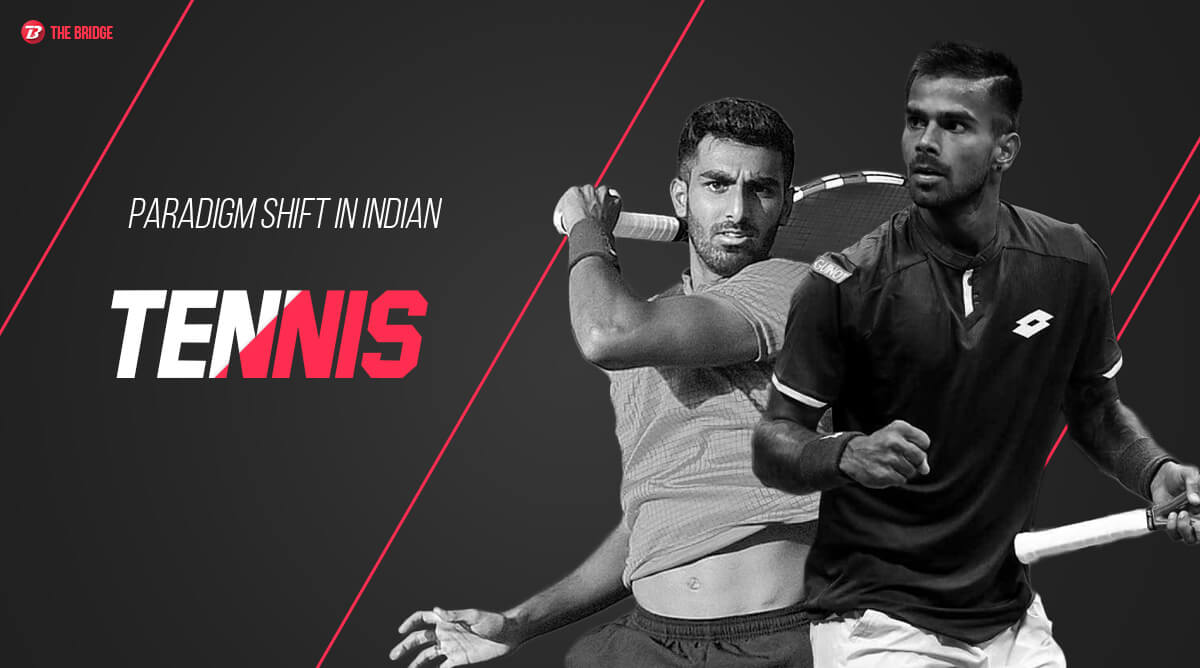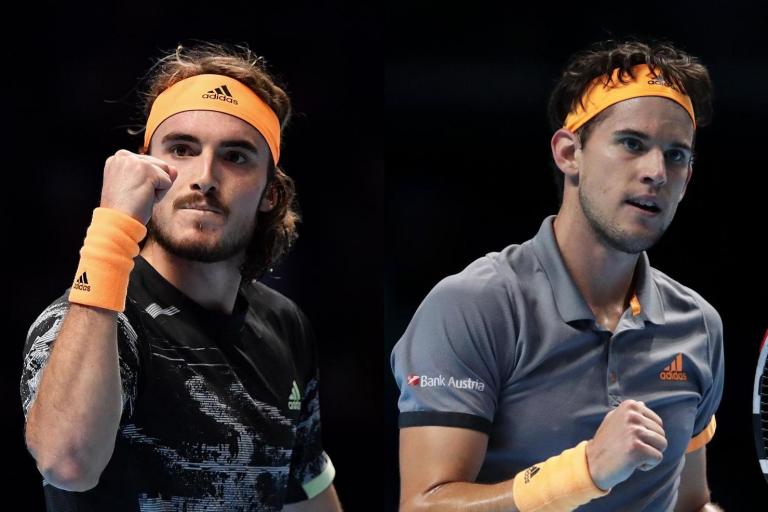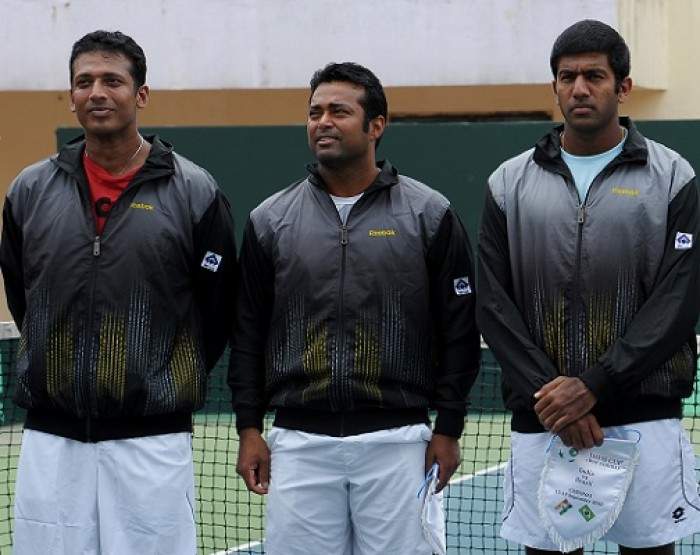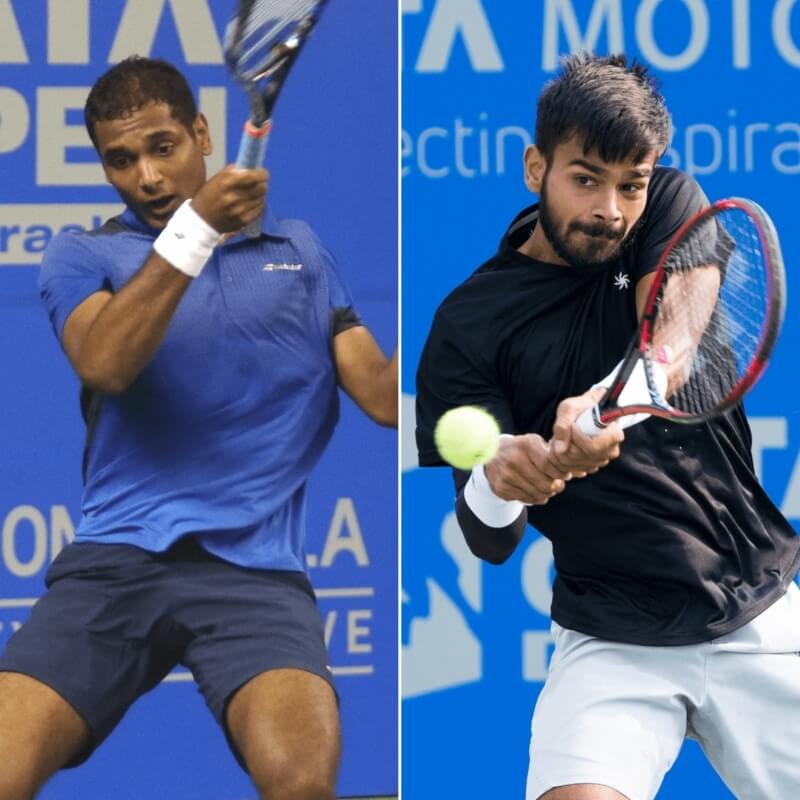Featured
Rise of the Tennis Millennial is a paradigm shift for Indian tennis

Every era has spawned a new set of champions in world tennis. From bygone days of Don Budge, Rene Lacoste and Fred Perry to the current superstars like Roger Federer, Novak Djokovic and Rafael Nadal, great players have continually emerged and spiced up the game.
As we enter the new decade, world tennis is poised for the emergence of the Millennial Player, a new breed of champion, one who is not just young but brings a brash, bold and highly talented fresh new flavour to the game. Stefanos Tsitsipas, Daniil Medvedev, Alexander Zverev, Dominic Thiem, Nick Kyrgios and Manlio Bartoni, are some of this new generation who, in 2019, made a huge impact on men’s tennis and signalled their entry by breaking into ATP’s top 10 ranking list.
The year ending World ATP Masters final saw the title contest between Tsitsipas and Thiem, after they had vanquished Djokovic, Nadal and Federer! The ageing old guard seemed surely on the wane. It is the Millennial, whom we are going to see more often in such title contests from 2020.

“Yes, if you consider the World Masters final as a harbinger of change, then it is a distinct possibility and it is already happening”, says tennis master coach and game analyst, M. Krishna Kumar, who has trained hundreds of players, including at one stage, the Olympian Vishnu Vardhan. He attributes the rise of the Millennial to their approach to the game.
“This new breed of players prefer to be coached in a non-directive style and have more say in their training, they look for innovative ways to train and play with unorthodox shots. They are bold, fearless and not afraid to take risks and are ready for new challenges, they also rely heavily on tech tools to constantly upgrade their game”, says Krishna Kumar
While the tennis fans can look forward to some exciting fare from the Millennial brigade it is also pertinent to evaluate their impact on the Indian tennis landscape were our top players are struggling to make a big mark on the game.
Though, in the past decades, we have had world-class stars in doubles like Mahesh Bhupathi, Leander Paes and Rohan Bopanna, our singles players of today are stuck way behind in the rankings and their task is going to be a lot more difficult in the new era set to be dominated by the Millennial player.

The glory days of the Krishnan, Amritraj and Leander Paes era are long past and since that time we have yet to find a truly world-class singles player. While we do have hard-working players on the circuit like Sumit Nagal, Prajnesh Gunaseshwaran and Ram Kumar Ramanathan who while doing reasonably well on the Challenger circuit are yet to stamp their footprints on the ATP Tour.
None of the current crop of players is in the top 100 rankings, which calls for a strategic change in their preparation and training. The onus is equally on their coaches who need to shed the well-trodden and out-dated modes of training and alongside the players constantly strive to update their techniques and skills.
In doubles too, one needs to look beyond Leander Paes and Rohan Bopanna and build a new set of pairs. In the recent Davis Cup encounter against Pakistan, the 47-year-old veteran Leander Paes had to carry the burden of doubles tie, partnering Jeevan Nedunchezhian.

While it is laudable that Paes, an all-time legendary doubles player, continues to play his heart out for the country, it speaks sadly of the paucity of depth in our rankings that we continue to have to call on his services, given that he has announced his retirement post the 2020 season. It is clear that we desperately need fresh blood, keeping the long term objectives in view.
Indian players need a lot more exposure and have to play lot more tournaments on the circuit to climb the rankings chart. The All India Tennis Association (AITA) has the responsibility to develop the game in India and needs to support the players by conducting more ATP events at home and hold international level workshops for coaches.
To develop world-class tennis players is both a very demanding and costly affair. A lot needs to be done to rope in more corporate sponsors for the development of the game and also for conducting big-ticket events.
To grow the game at the grassroots while there are several hundred tennis academies in the country, not many seems to be registered with AITA and also many are run by persons, who have no proven qualifications or expertise in the game. Again, AITA needs to monitor such academies and interact with them at the National level.
The foremost task of tennis associations across the country, should be to emphasize on nurturing young talent at the grassroots level through systematic training and support to continually create a large pool of competitive players, whereby every year, the cream of the pool will rise to the top level of the game.

